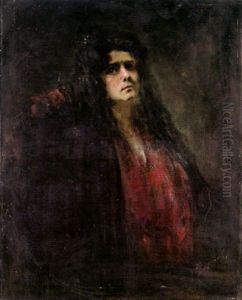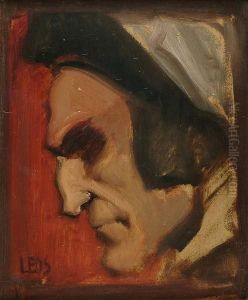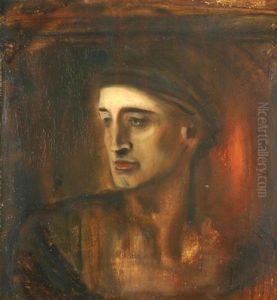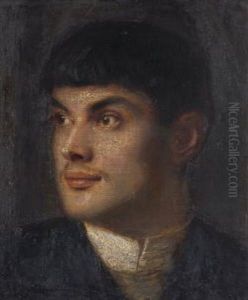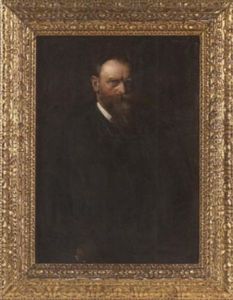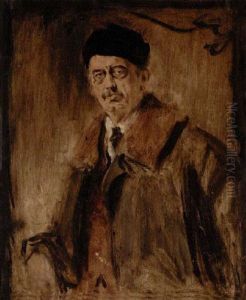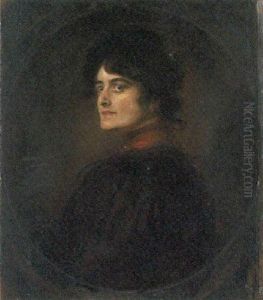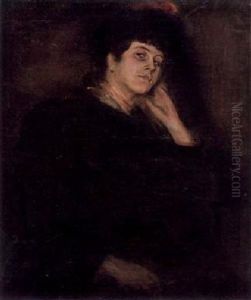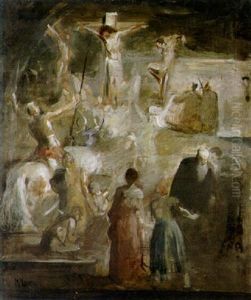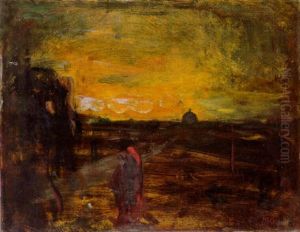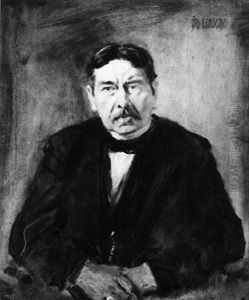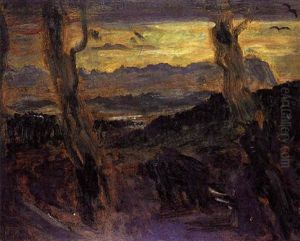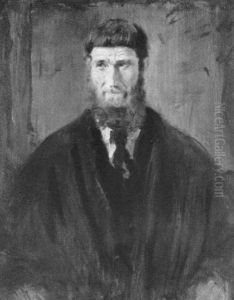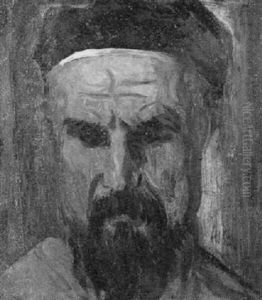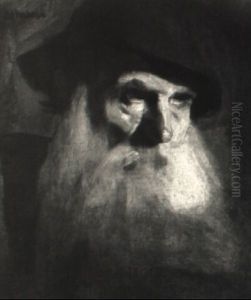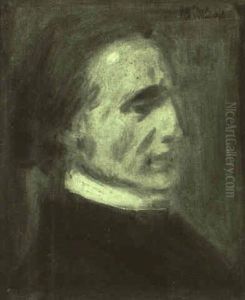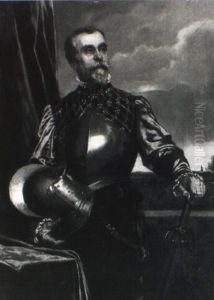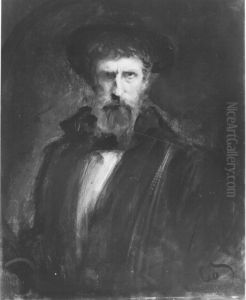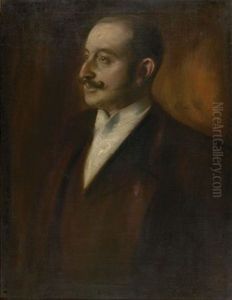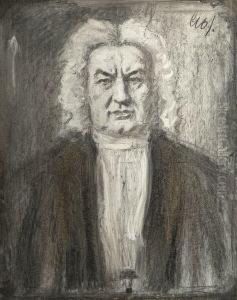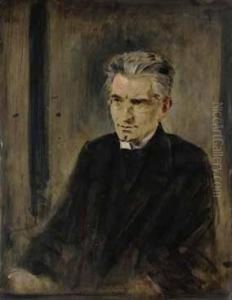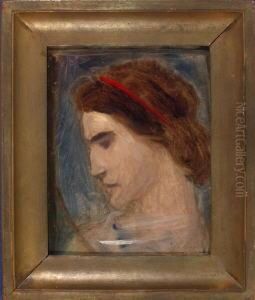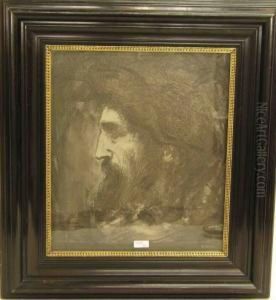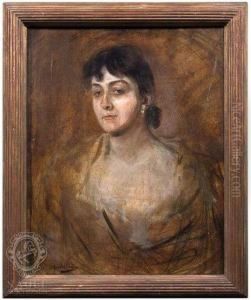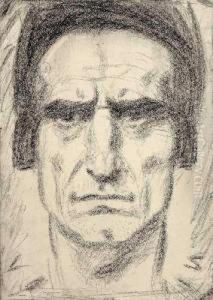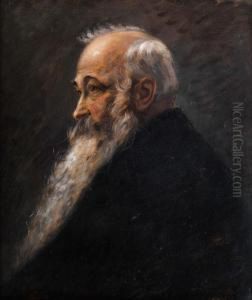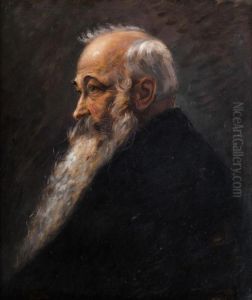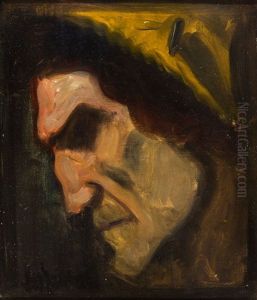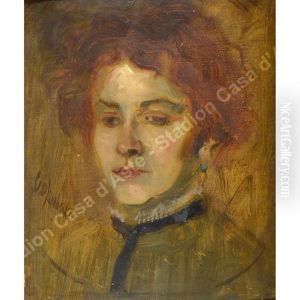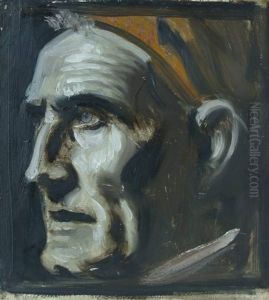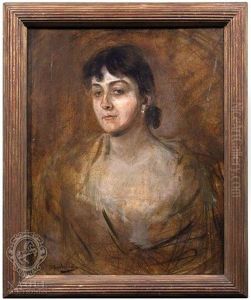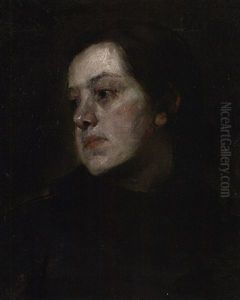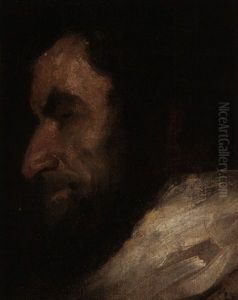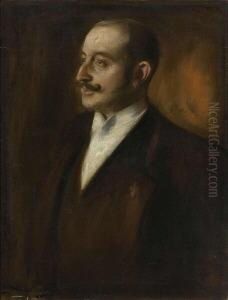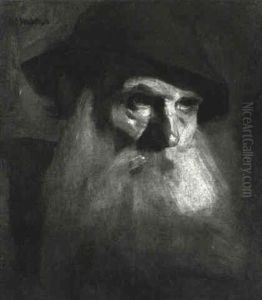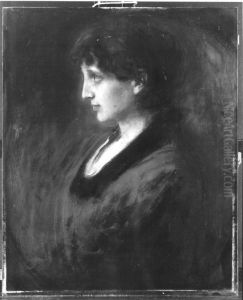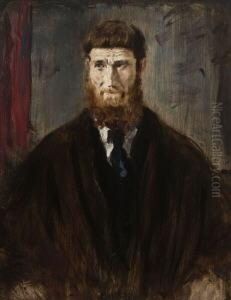Leo Samberger Paintings
Leo Samberger, a German painter born on February 23, 1861, in Saarbrücken, was renowned for his exquisite portraiture, capturing the essence and elegance of his subjects with a distinctive clarity and depth. His artistic journey began in Munich, where he studied at the Royal Academy of Fine Arts. Under the tutelage of renowned artists such as Wilhelm von Diez and Alexander von Wagner, Samberger honed his skills, developing a keen eye for detail and a profound understanding of color and form.
Throughout his career, Leo Samberger remained deeply influenced by the Munich School, a group of painters who were known for their naturalistic and detailed approach to art. Despite this influence, Samberger carved out his unique niche in the art world, particularly through his portraits. His works were celebrated for their psychological depth and the ability to capture the personality of his sitters beyond mere physical likeness. This skill made him a sought-after portraitist among the elite and intellectual circles of his time.
Samberger's contributions to art were not limited to portraiture. He also explored landscape painting, where he applied his keen observation of light and shadow to capture the transient beauty of nature. However, it is his portraits that have left an indelible mark on the history of art, with works exhibited in prestigious galleries and collections across Europe.
The outbreak of World War I and the subsequent changes in the art world had a profound impact on Samberger's career. The rise of modernism and the shift in public taste towards more abstract and avant-garde art forms saw a decline in the popularity of classical portraiture. Despite these challenges, Samberger continued to work and teach, sharing his knowledge and passion for art with younger generations until his death on June 25, 1949, in Munich.
Leo Samberger's legacy is that of a master portraitist who bridged the gap between tradition and the evolving trends of his time. His ability to capture the soul of his subjects on canvas ensures his place among the distinguished artists of the Munich School and the broader art historical canon.
